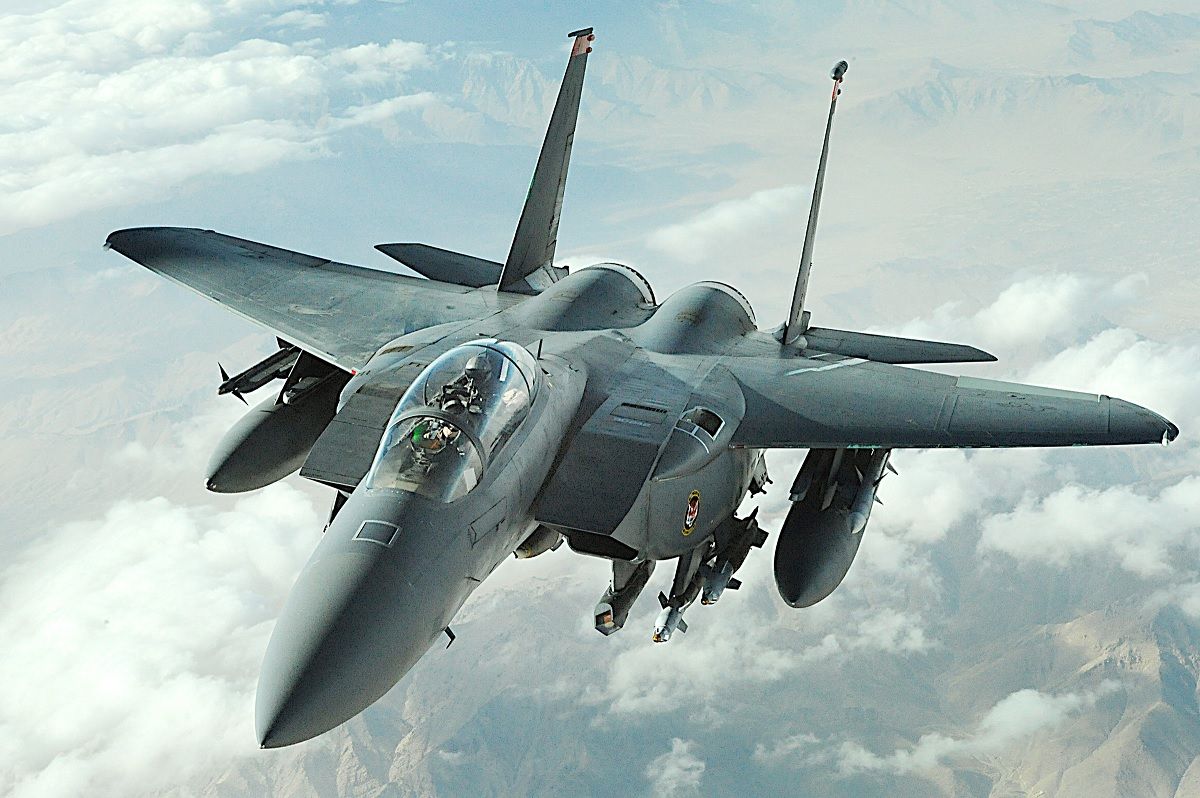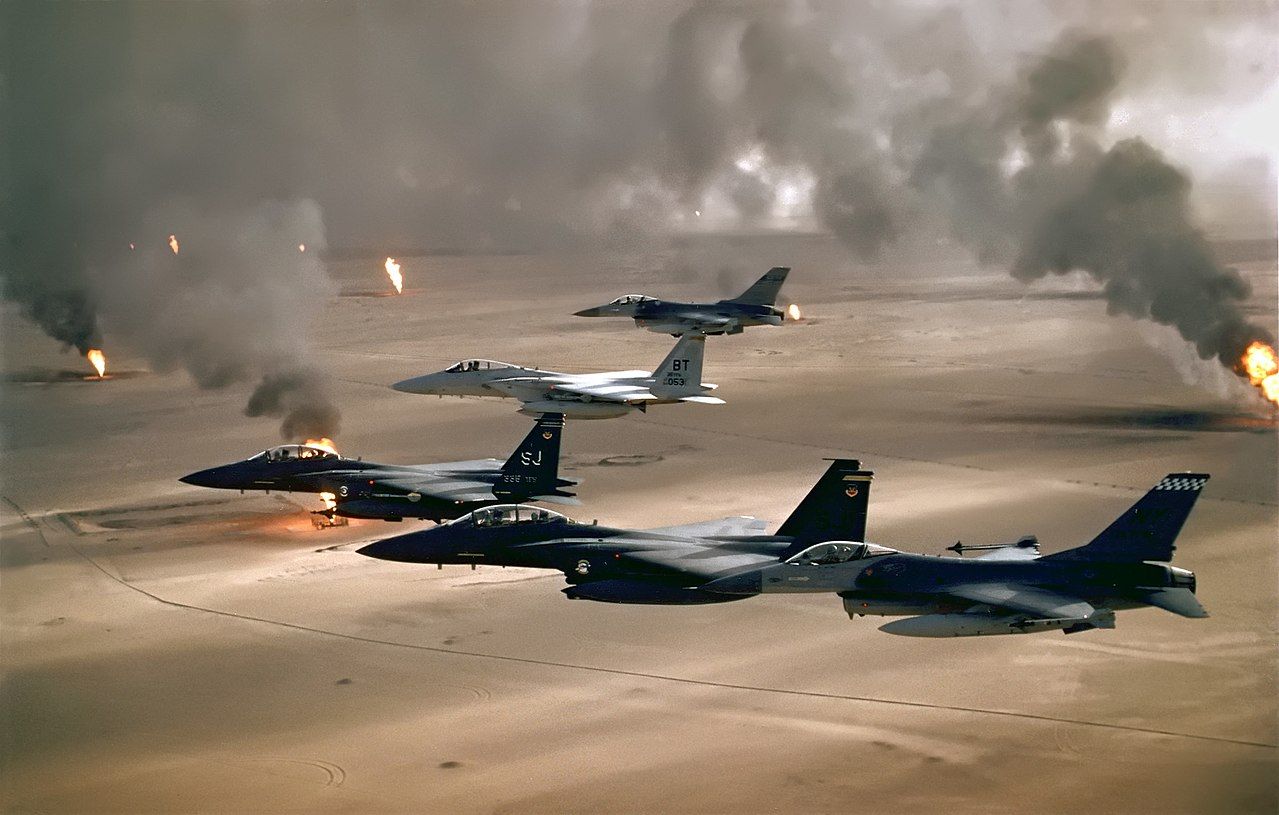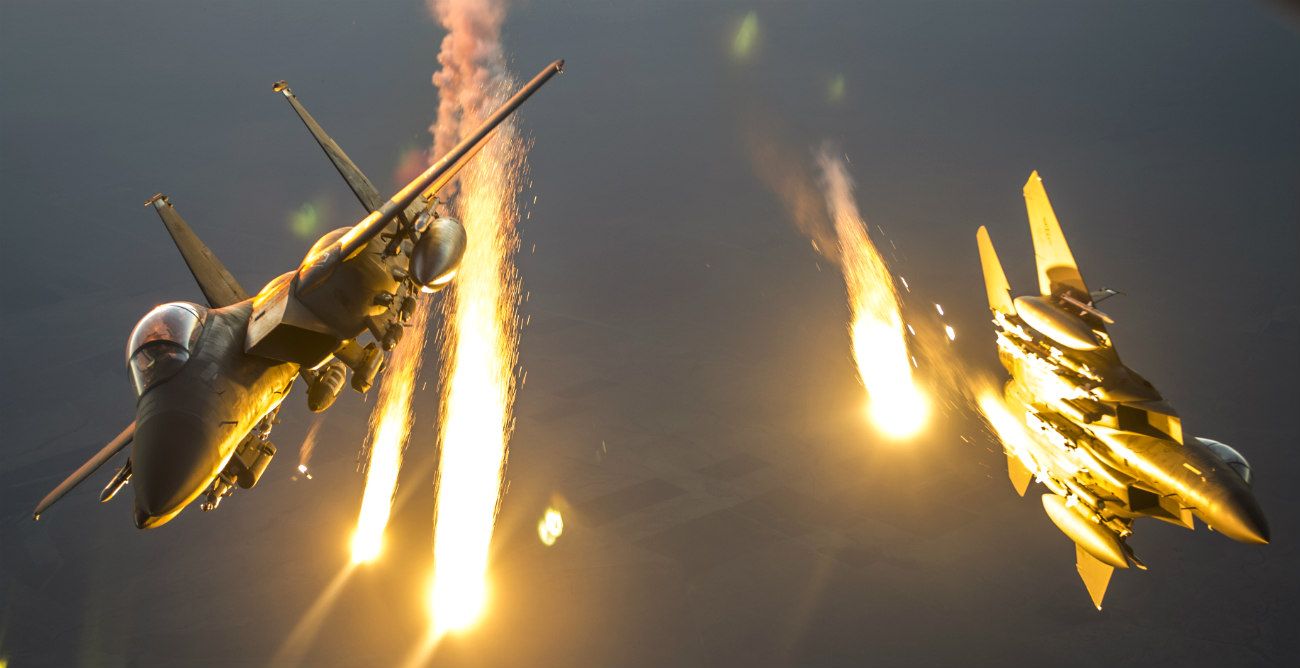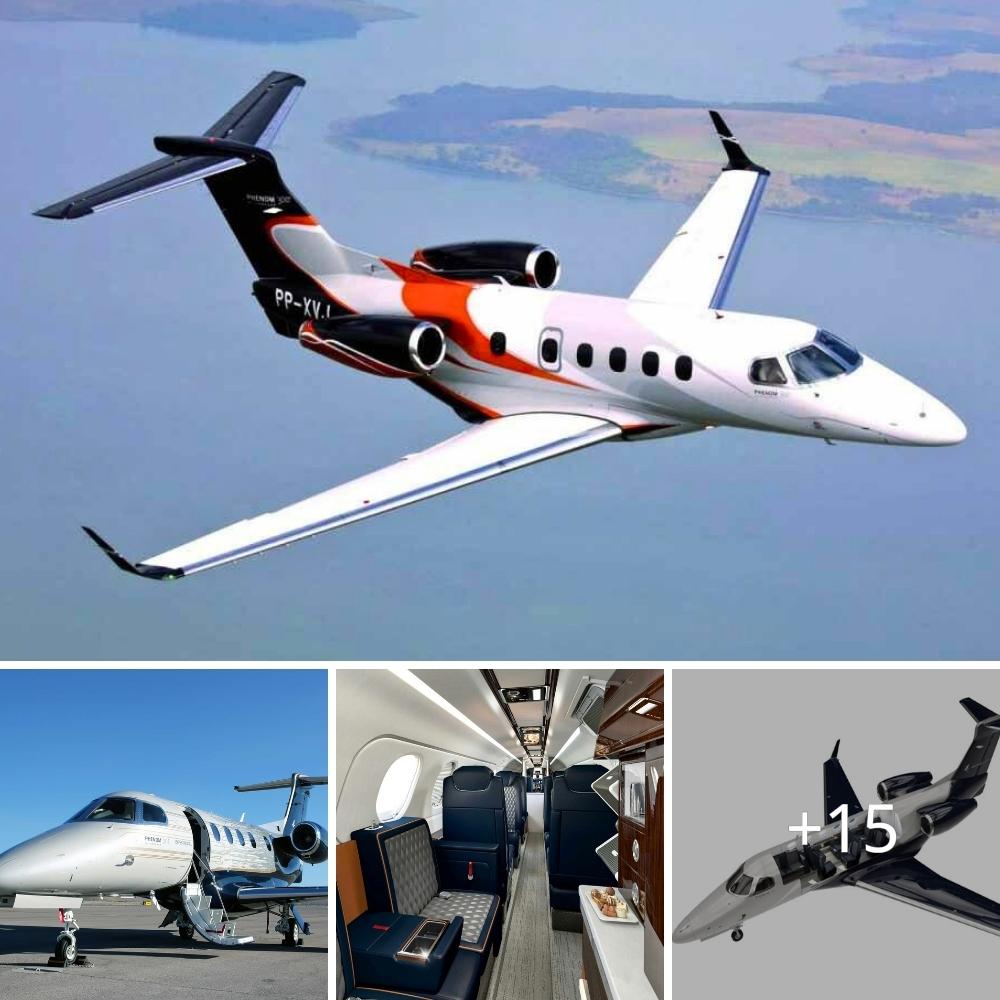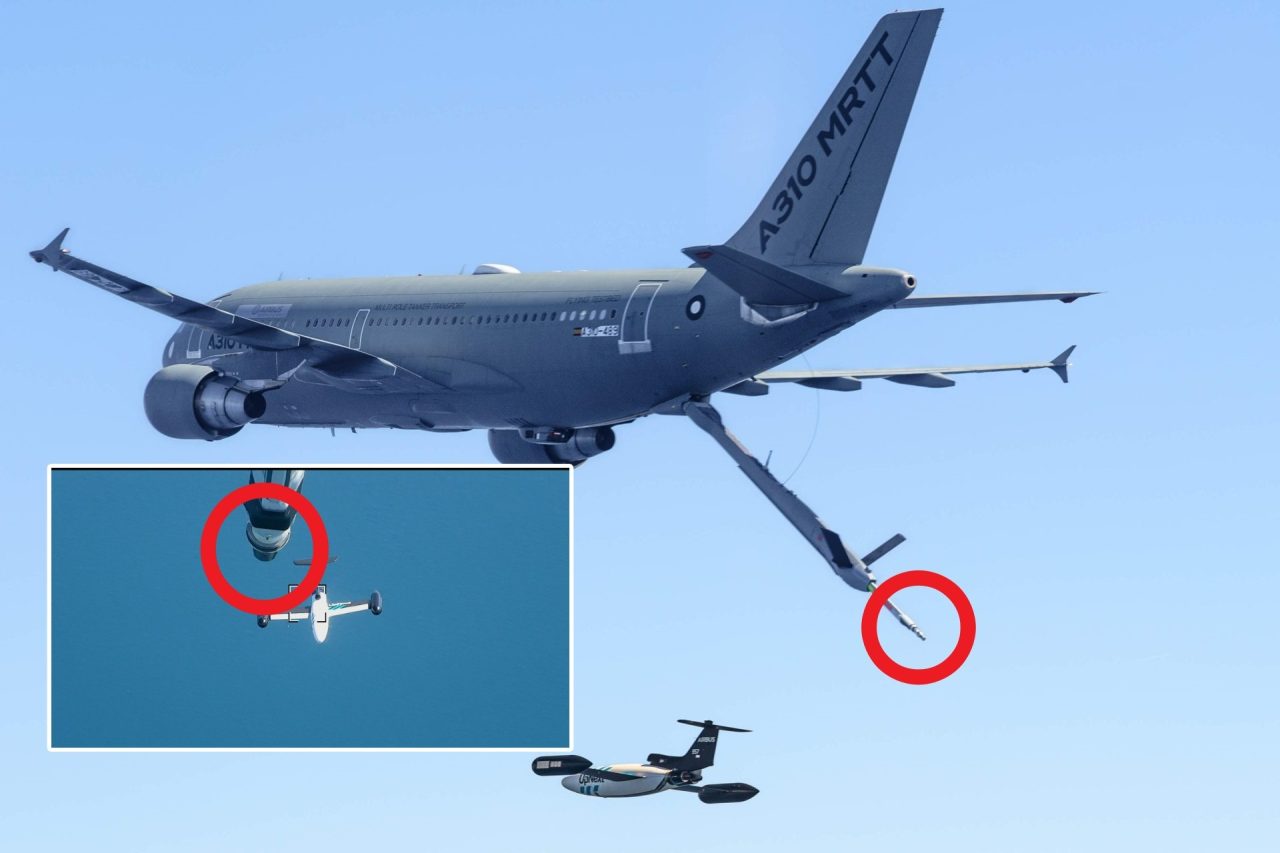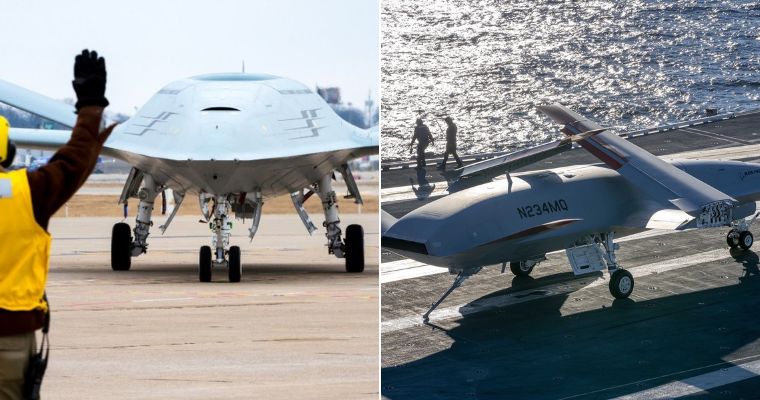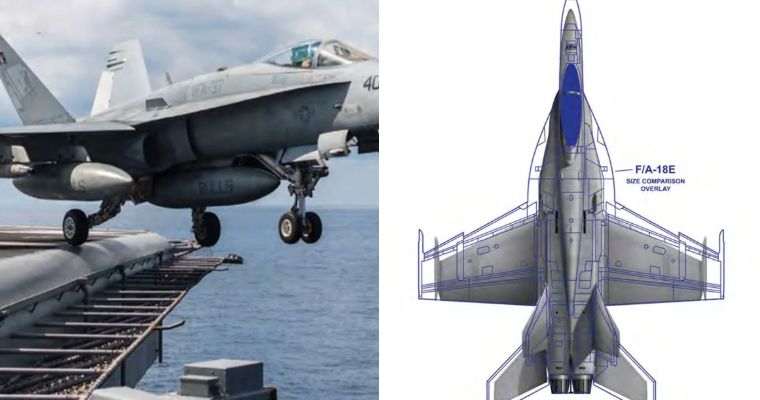Ever since the advent of the jet engine in the 1940s, the idea of making aircraft go as fast as possible has excited aircraft designers all over the world. Of course, we know two of the fastest aircraft ever made are the hypersonic X-15 and the SR-71 Blackbird. But when it comes to military jet fighters, it’s difficult to reach speeds of Mach 3 +, simply as more than just speed comes into the equation when it comes to developing such an aircraft. It has to work in its intended role.

Over the years, the United States has developed many great fighter jets. There is the F-104 Starfighter, dubbed “the missile with a man in it”. Then we have the more recent F/A-18 Hornet, and of course the latest and greatest in the F-22 Raptor and the F-35 Lightning II. But what is the fastest US fighter jet? Well, it is none of these aircraft. The fastest fighter ever seen in US military service is the McDonnell Douglas/Boeing F-15E Strike Eagle. Derived from the original F-15 Eagle, the Strike Eagle first flew in December 1986, and to this day remains a potent multirole strike fighter and interceptor.
How The Strike Eagle First Took Flight
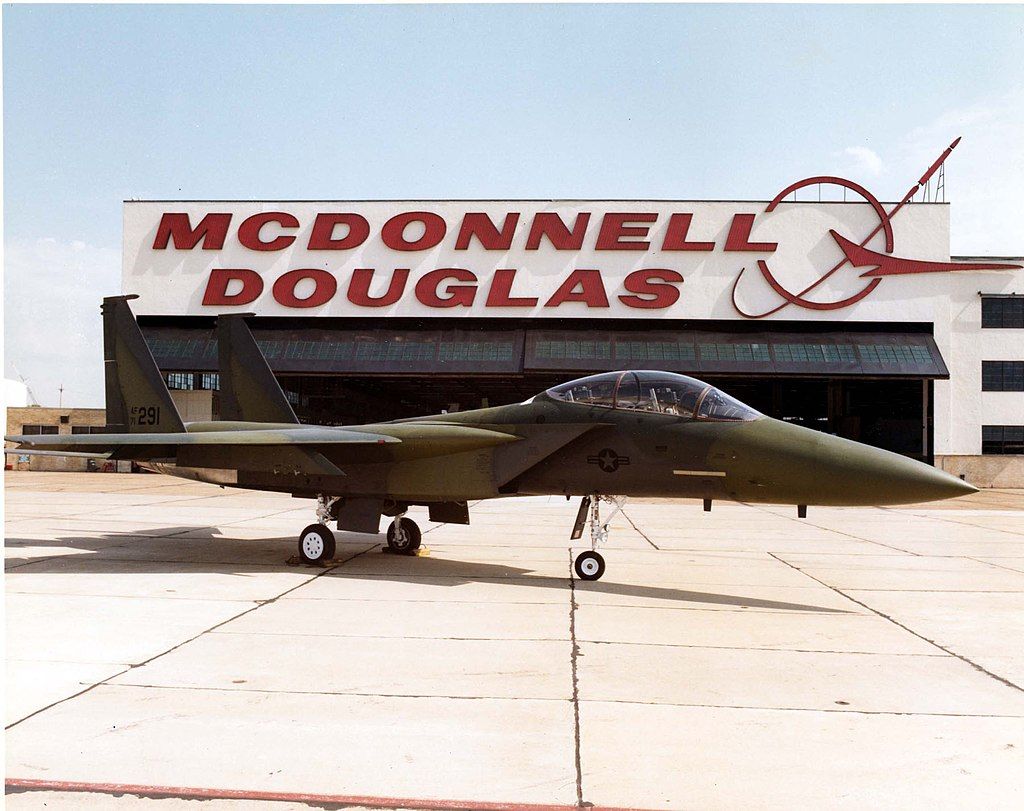
via Wikipedia
The F-15 Eagle, the original that is, was first developed to replace the slowly aging McDonnell Douglas F-4 Phantom II, itself a highly capable machine. When the F-15 itself entered service, it proved to be a highly capable aircraft, scoring as many as 100 aerial combat victories with no losses in air-to-air combat of any F-15, as of at least 2007. But despite the success of the aircraft, McDonnell Douglas was quietly working on an evolution of the aircraft in the 1980s.
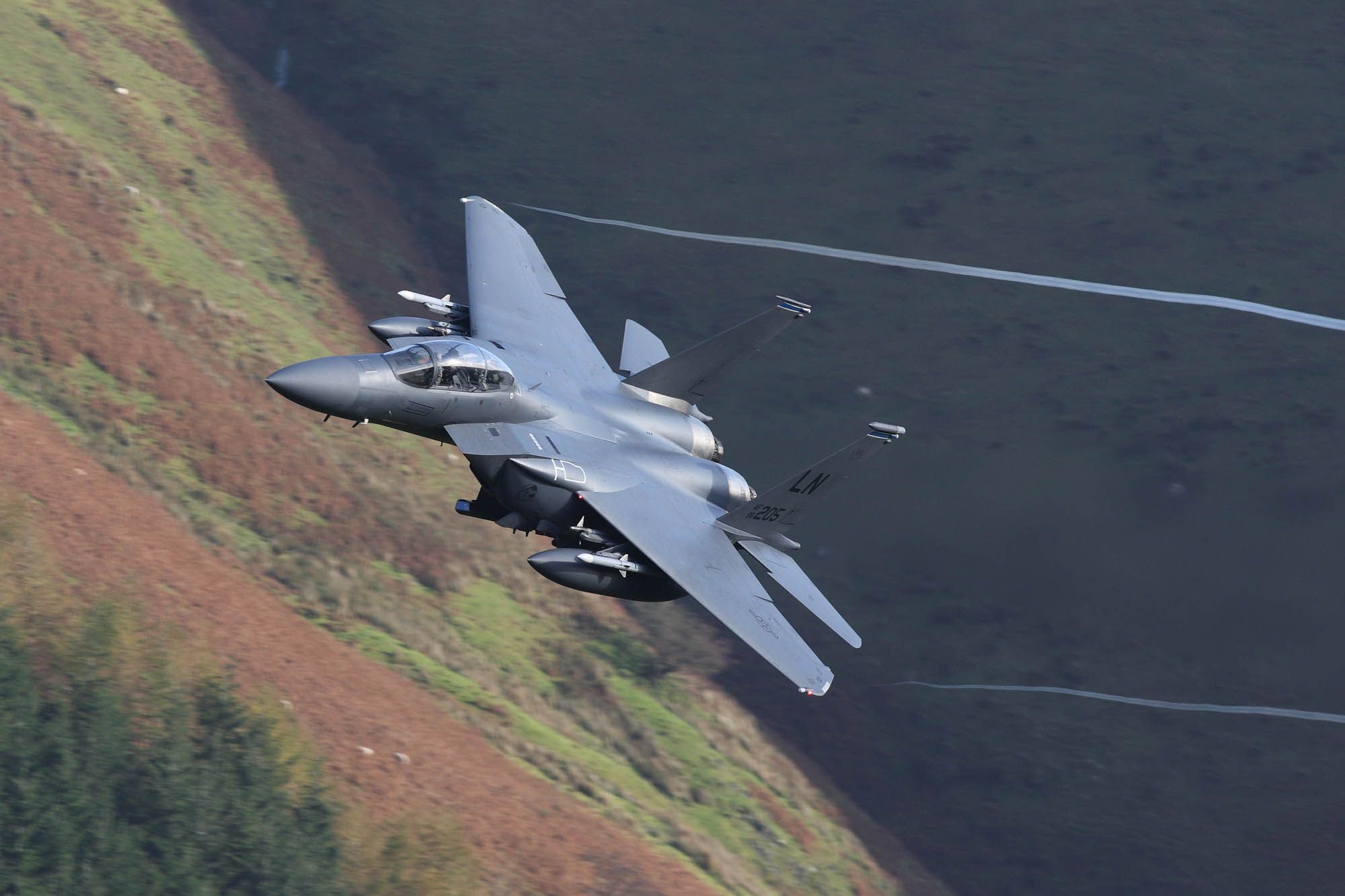
The company envisioned that this new version would take over the role of both the F-111 Aardvark while also replacing what was then left of the F-4 Phantom fleet, augment the earlier versions of the F-15s. McDonnell Douglas would work closely with the Hughes company to develop the air-to-ground capabilities of what would become the F-15E Strike Eagle. The first flight of the initial demonstrator TF-15A aircraft took place in July 1980. Construction of the first three true F-15Es however started in July 1985, and the first one took flight on December 11th 1986, reaching a max speed of Mach 0.9 during its first 75-minute flight. The Strike Eagle itself is powered by two Pratt & Whitney F100-PW-220 afterburning turbofans. And that all important top speed is a staggering 1,650 mph, or Mach 2.5+ at high altitude.
RELATED:This Is What Made The De Havilland Vampire Such A Unique Fighter Jet
A Familiar Design Enters Service With The USAF
via The Avitation Geek Club
The F-15E would still be capable of air-to-air combat, but also have a deep-strike mission capability not seen on the original F-15. But despite the mission changes, the airframe of the F-15 was versatile enough to be easily adapted to suit the needs of the F-15E. The aircraft still has a back seat for a weapon systems officer, or wizzo, while the new Strike Eagle was now equipped with a vast tactical electronic warfare system or TEWS. This integrated all counter-measures on the jet, including the radar itself and various jammers and flare/chaff dispensers.
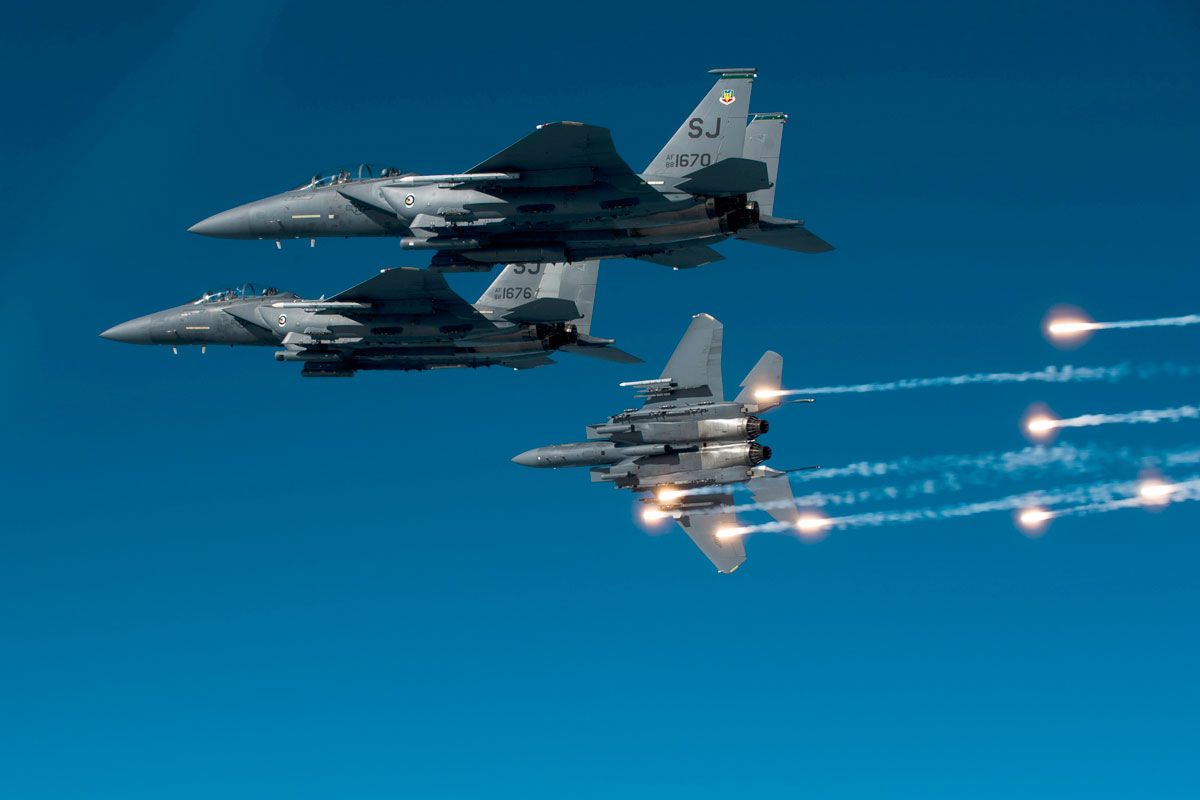
via Military
With its much updated avionics and weapons systems, the first F-15Es were soon delivered to US Air Force units in 1988, with initial operation capability reached that September. The aircraft would not have to wait too long before it could enter combat service, with the F-15E deployed in response to Iraq’s invasion of Kuwait in August 1990, seeing use in Operation Desert Shield. F-15Es were then used to great effect in Operation Desert Storm, attacking Iraqi Scud installation sites, with the opening night of action seeing the F-15E in a dogfight against a MiG-29, while one F-15E was sadly lost to ground fire during as trike against a petrol oil and lubricant plant.
The Strike Eagle Lived Up To Its Name
via Wikipedia
The aircraft though soon lived up to its promise. Some 18 Iraqi jets were easily destroyed in ground attacks by the aircraft, and the only air-to-air kill of the war for the F-15E saw it down a Mil Mi-24 helicopter. Following Iraq, the aircraft were then used in Turkey throughout the 1990s, during Operations Southern and Northern Watch. The F-15E was also used during the War in Afghanistan, Operation Iraqi Freedom and their deployment in the United Kingdom at RAF Lakenheath has seen them achieve a cult following.
RELATED:F-86 Sabre Was The Only Jet That Could Fight The Mig-15
The Future Of America’s Strike Eagle
via Military Machine
Despite the introduction of the F-35 Lightning II, it is unlikely that the F-15 will see retirement anytime soon. New versions of the aircraft are on the way, the most recent being the F-15EX Eagle II to take the original Strike Eagle to the next level. The aircraft has also seen successful service in air arms across the world, particularly in Israel. Despite its first flight being some 35 years ago, the F-15E Strike Eagle has every chance of being in service for several more decades. And the new EX Eagle II will ensure that its legacy lives on for many years after that.
Sources: NASA, Lockheed Martin, US Air Force, Military, The Aviation Geek Club, Tagerta



